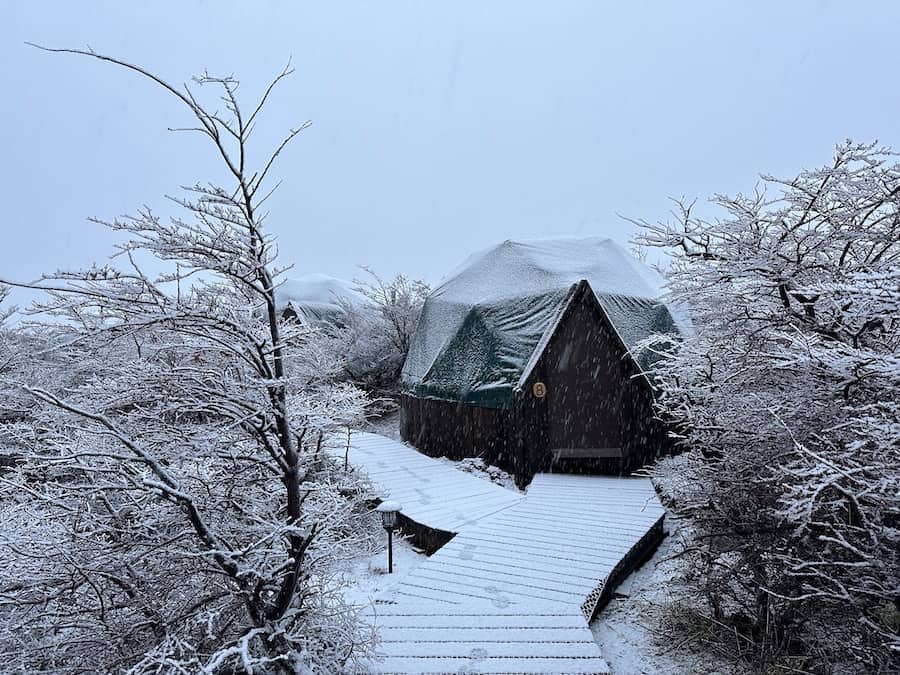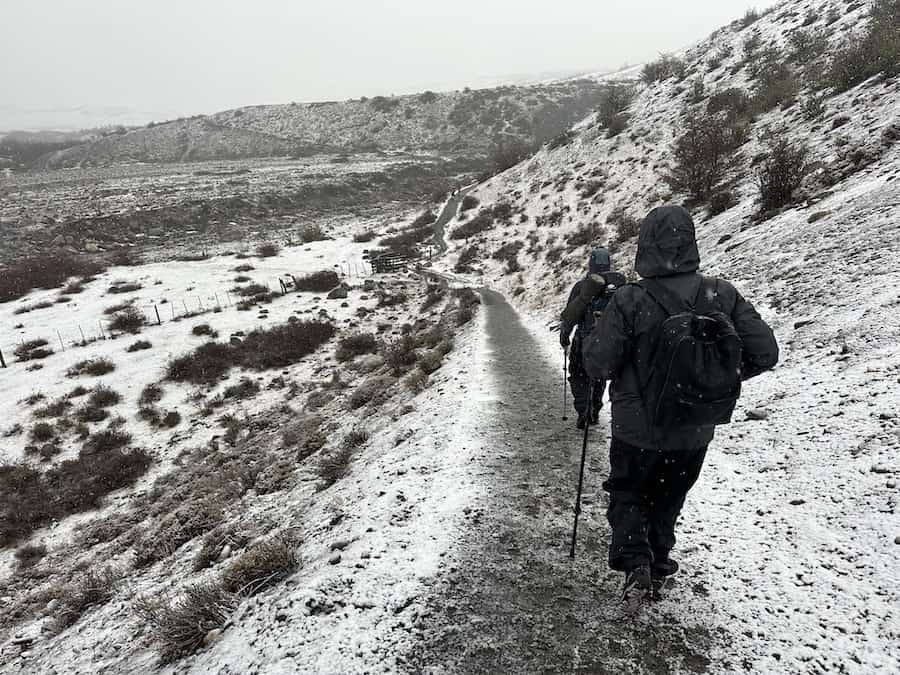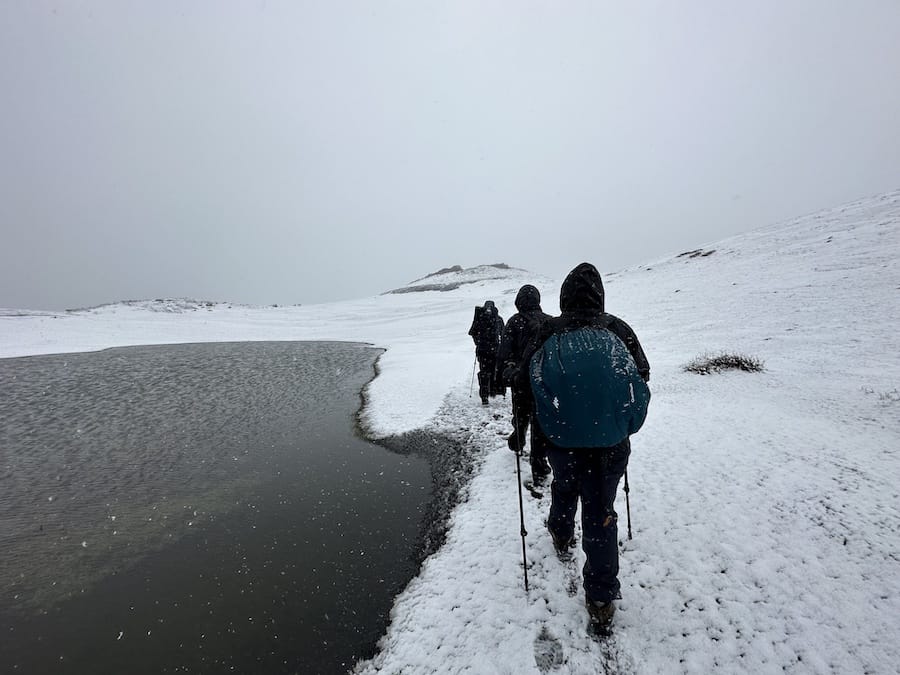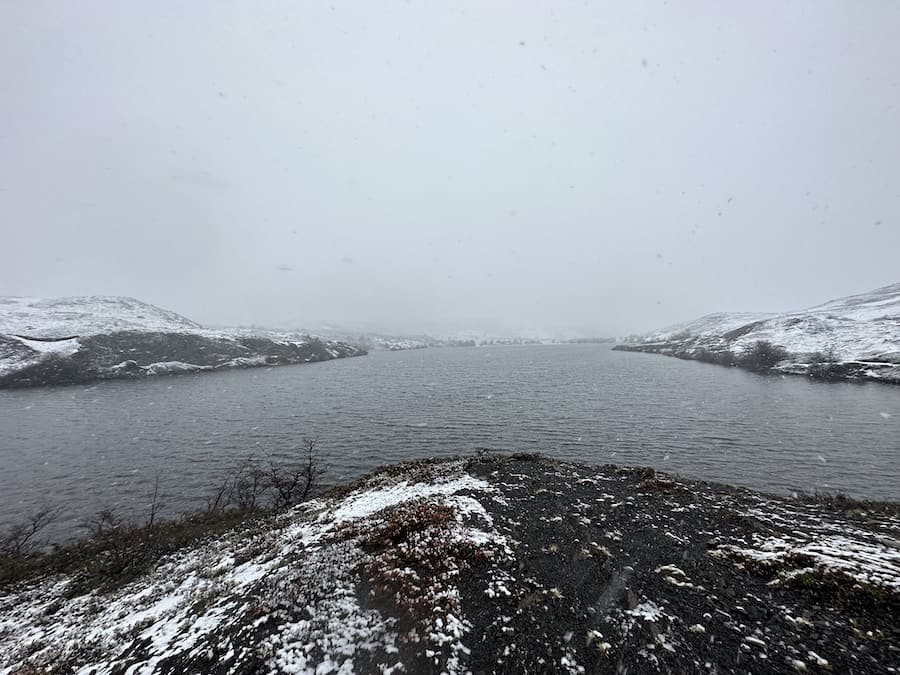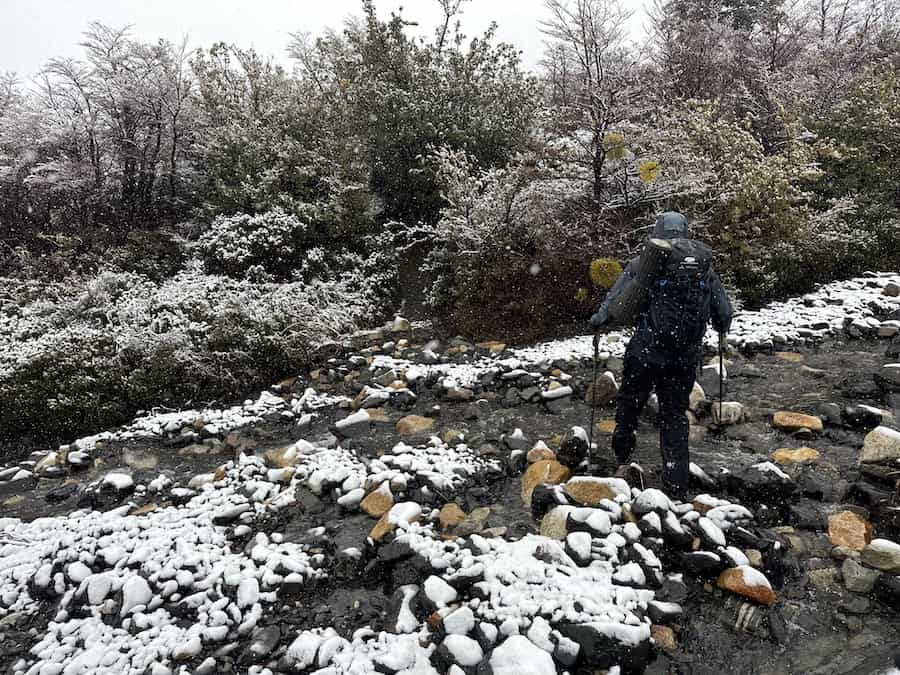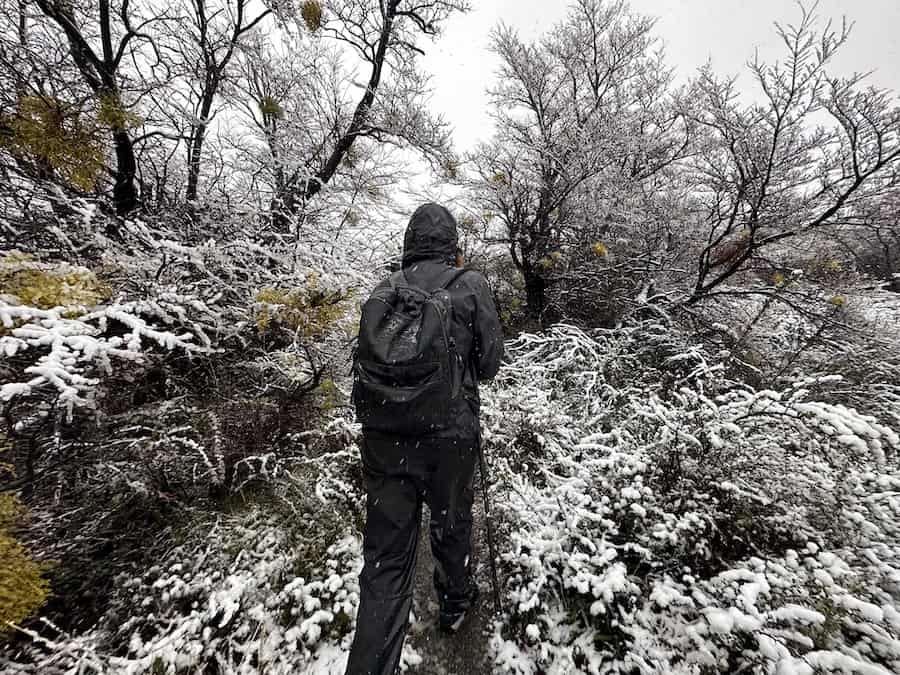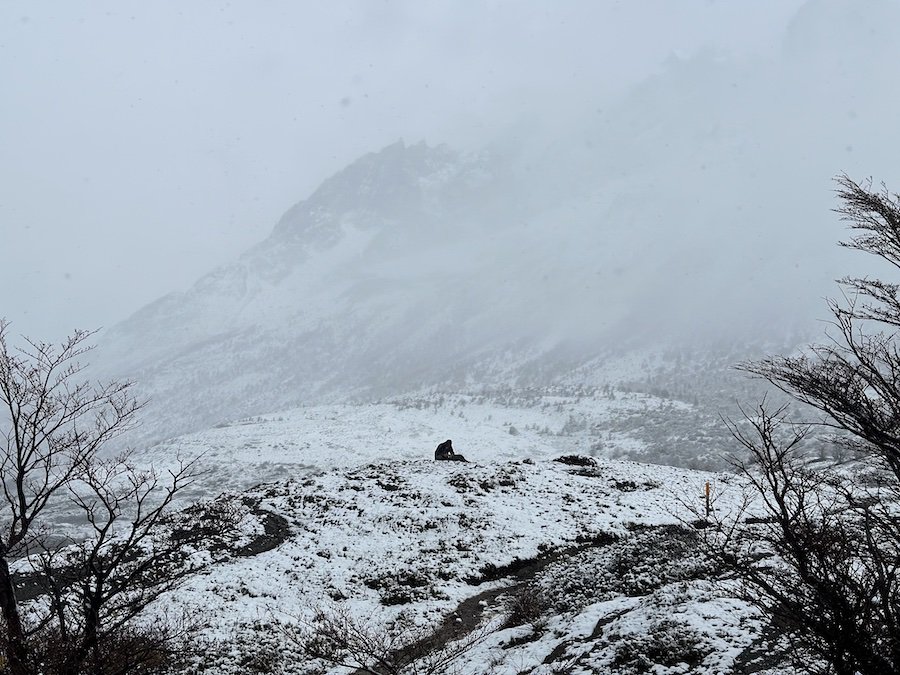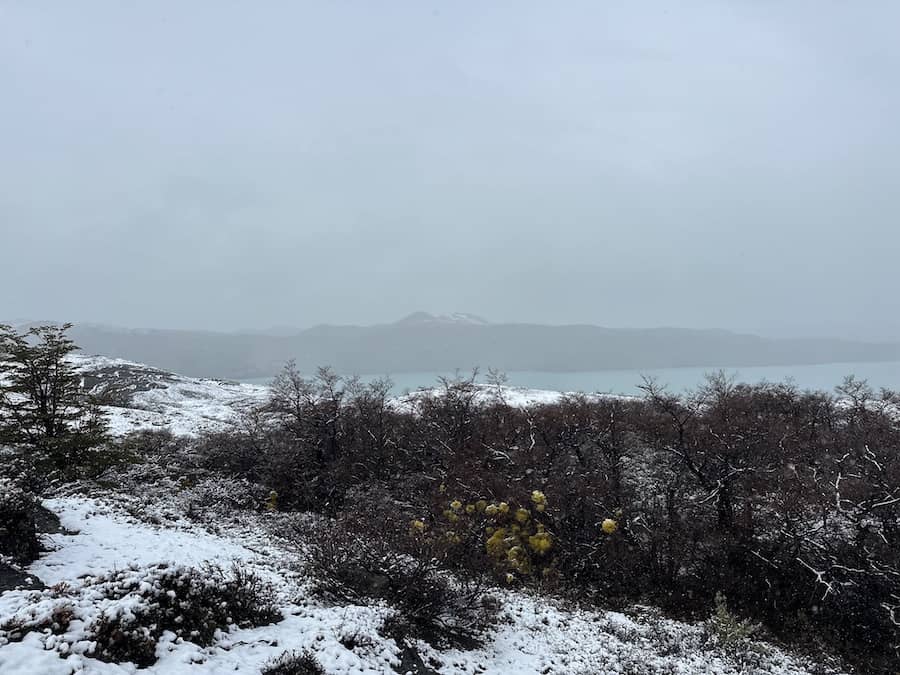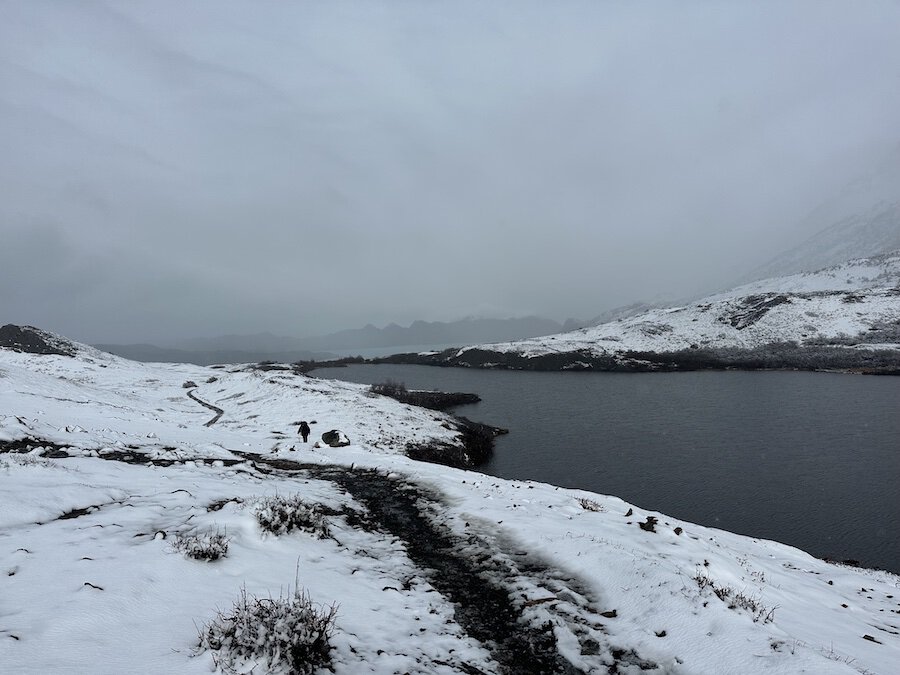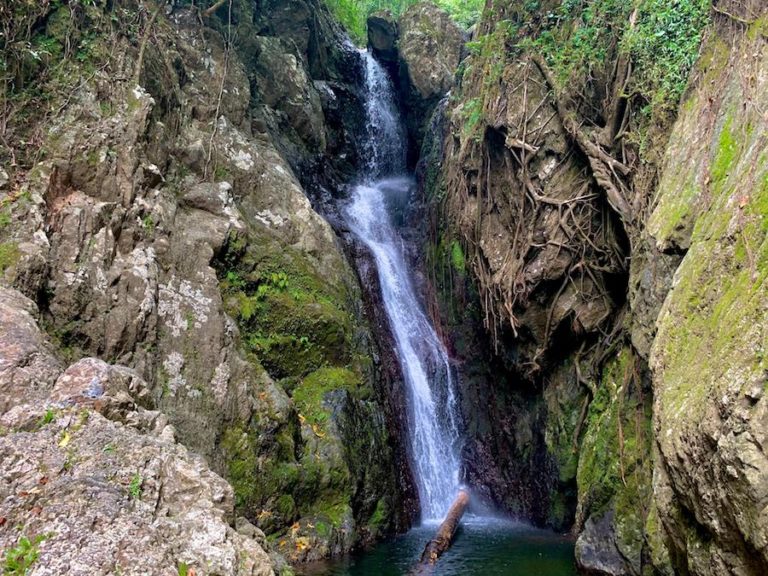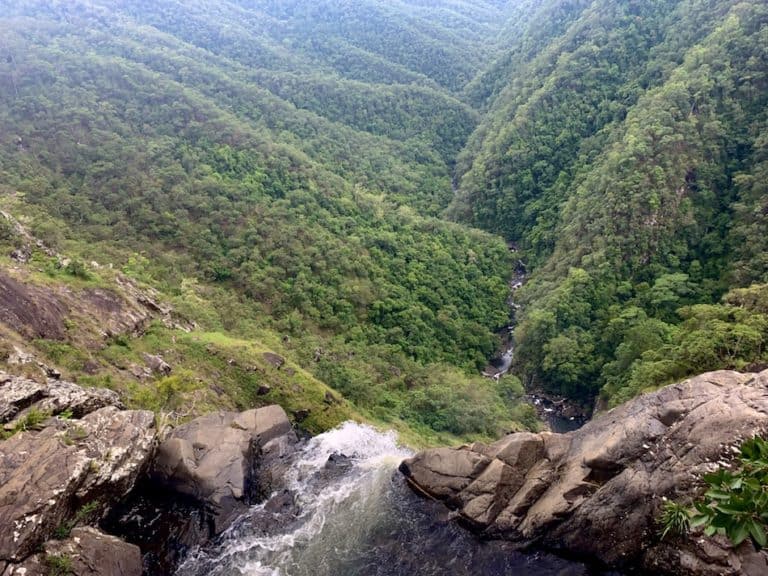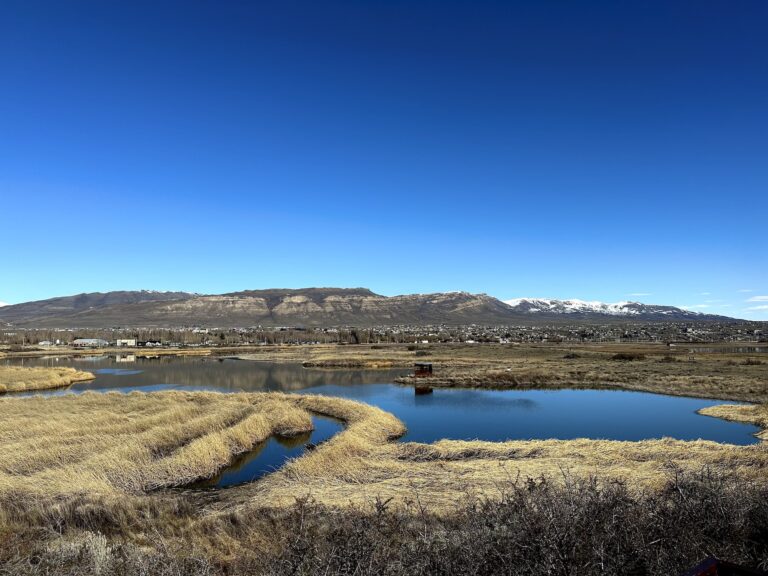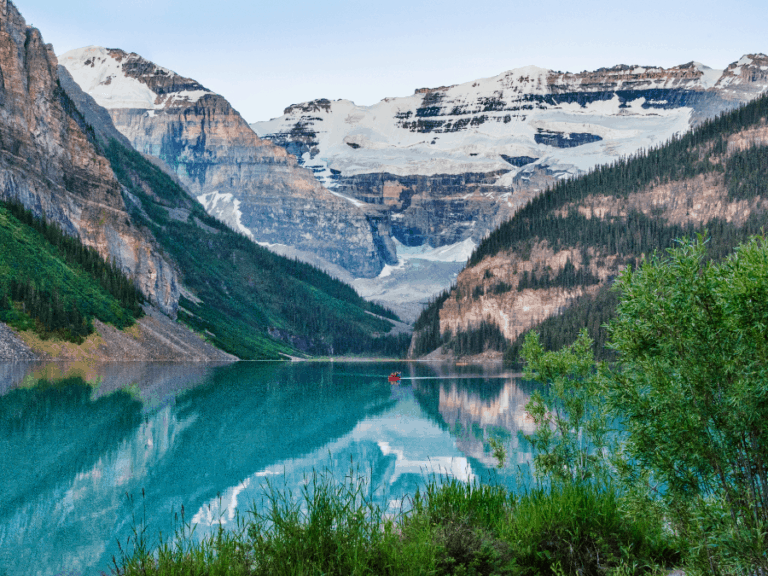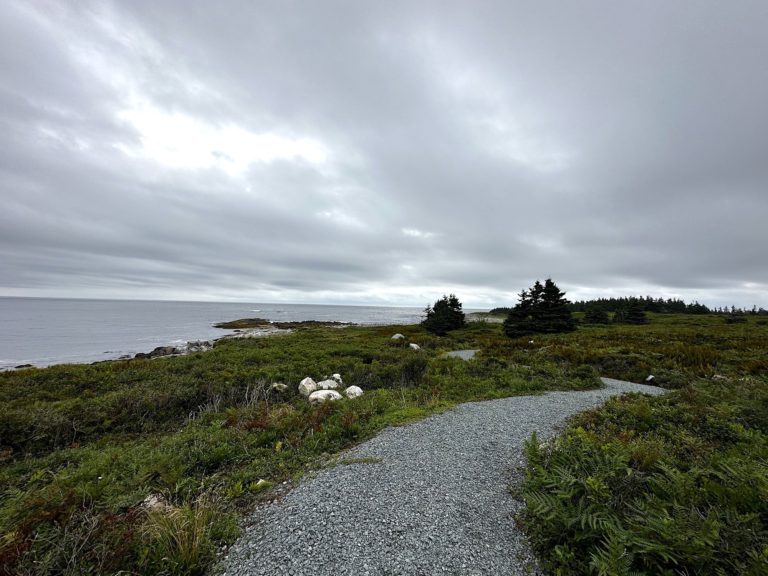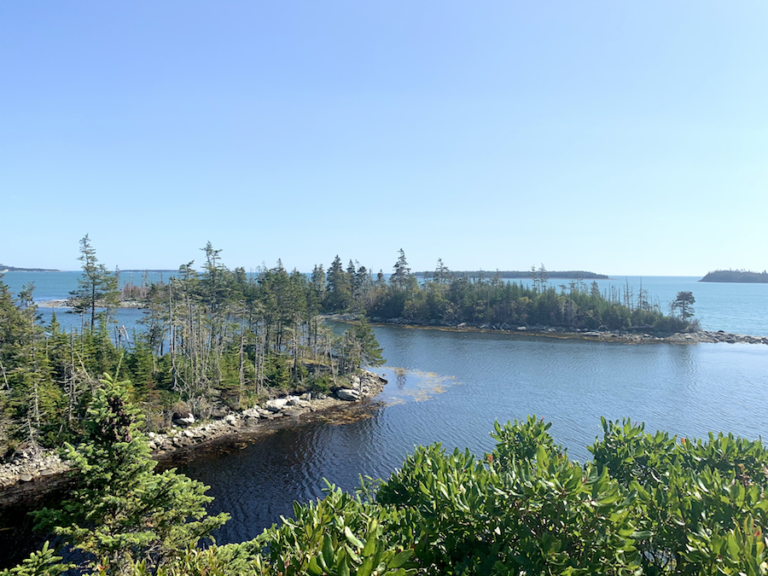Hiking Los Cuernos Trail To Refugio Cuernos In Torres del Paine
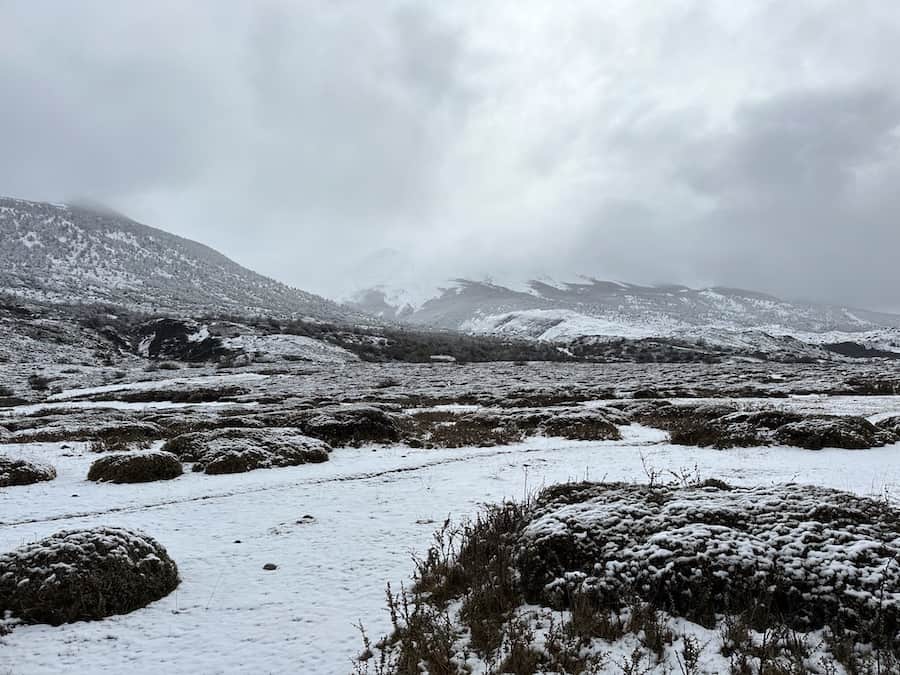
The Los Cuernos Trail in Torres del Paine National Park, Chile, is a breathtaking journey through one of South America’s most iconic and cherished natural wonders. Named after the distinctive “Horns” – or “Cuernos” in Spanish – these towering granite peaks dominate the landscape, providing an awe-inspiring backdrop to your adventure.
As you embark on this scenic trail, you’ll traverse a varied terrain that includes lush forests, picturesque lakeshores, and vast open meadows. One of the highlights of this trek is the enchanting Lake Nordenskjöld, known for its fascinating blue waters and the surrounding mountain vistas that reflect in its pristine surface.
Difficulty: Moderate
Length: 16 km
Suggested Duration: 6+ hours
Signage: Some signage throughout
Facilities: Washrooms, food, water and shelter at Refugio Los Cuernos
Disclaimer: This article includes affiliate links. If you click one of them, we may receive a small percentage of the sale at no extra cost to you. Thank you for your support!
Key Features Of Hiking Los Cuernos
- Located in Patagonia’s Torres del Paine National Park
- Hike alongside the stunning Lake Nordenskjöld, with its vivid blue waters offering a picturesque backdrop to your hike
- Breathtaking views throughout the trail of Patagonian wilderness
- Part of the renowned multi-day W and O Treks
- Can be completed with or without a trekking guide
- Opportunities for wildlife sightings
Facilities And Services
- Leads to Refugio Los Cuernos, where hikers can find campsites and refugios (mountain huts), food, water, washrooms/showers and a kiosk.
Before You Start Hiking Los Cuernos
There are a few things to note before you begin hiking Los Cuernos. First is that the Los Cuernos Trail is part of the famous “W Trek” in Torres del Paine, and it connects to other key trails (French Valley and Mirador Las Torres), allowing hikers to explore more of the park’s beauty.
Whether you are hiking Los Cuernos as a day hike or as part of the W Trek, you must pay an entrance fee to enter the Torres del Paine National Park. If you are going with a guide or through a hotel within the park, this fee may already be included in your trip.
You can buy an entrance ticket that lasts for three consecutive days, allowing you to enter and exit the park as you wish. If you plan to stay longer, there are other options available. Please keep in mind that the prices are subject to change due to the exchange rate and time of year. As of October 2023, the fees are as follows.
| Up To 3 Days | CPL | USD |
| Children Under 12 years old | Free | Free |
| Teenage (12-17 years old and people with disabilities) | $16 000 | $20 |
| Adult (18 years +) | $31 200 | $39 |
| More Than 3 Days | CPL | USD |
| Children Under 12 years old | Free | Free |
| Teenage (12-17 years old and people with disabilities) | $44 500 | $55 |
| Adult (18 years +) | $44 500 | $55 |
We completed Los Cuernos while staying at EcoCamp, which is located within Torres del Paine National Park. The price of the National Park was included in our stay, and therefore, we did not have to pay any additional entrance fees. If you stay at EcoCamp, you complete this hike with a trekking guide and fellow hikers. They will provide hiking poles for you in the morning before your hike. However, it doesn’t hurt to bring your own. We brought our hiking poles and ended up using them the entire time (just due to personal preference).
The trail’s accessibility makes it suitable for hikers of diverse skill levels, from experienced trekkers to those seeking a less strenuous yet equally rewarding experience. Rest assured, there are designated campsites and refugios (mountain huts) along the way, providing shelter and sustenance for those embarking on multi-day treks.
The weather in Torres del Paine can change rapidly, so hikers should be prepared for varying conditions, including strong winds, rain, and even snow, depending on the season. It is important to wear multiple layers. That way, you can take off or put on layers depending on the weather. The best gear you can invest in is waterproof and resistant gear, especially when it comes to hiking boots. Being wet while hiking is never fun, especially having wet feet, as this can increase the chances of getting blisters.
Remember that Torres del Paine National Park is not only a place of awe-inspiring beauty but also a haven for conservation. Hikers are expected to uphold the principles of Leave No Trace, preserving the environment for generations to come.
Our Experience Hiking Los Cuernos
We hiked Los Cuernos on our first full day at EcoCamp Patagonia. When we woke up, everything was covered in wet snow, so we put on our rain-resistant jackets, pants and boots and got ready for our day of snowy adventures.
Our day started with early morning breakfast (7:30 a.m.), packing our lunches, and meeting our trekking guides for the day, Paola and Armando. These two bring such fun energy, especially when your momentum goes down or you feel like you are slowly down a bit. We highly encourage going for a hike with them!
The hike starts at EcoCamp on a well-maintained path leading to Las Torres a Los Cuernos. It was an excellent warm-up as the temperature was around -6 °C when we began.
After travelling approximately 2.5 km, we arrived at the fork in the road. To the left is Sector Cuernos and Sector Frances, while to the right is Sector Chileno and Mirador Base Torres.
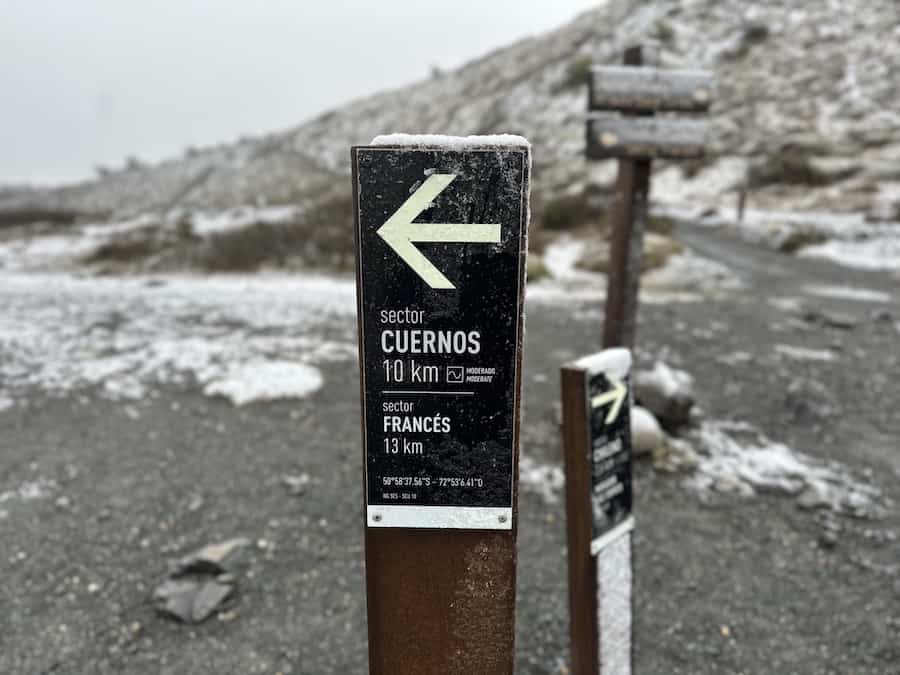
Along the trail, we hiked alongside Lake Nordenskjöld and through a series of open and forest terrain. There were a few times when we crossed rivers and streams. This is why waterproof hiking boots are highly recommended when hiking in Torres del Paine. There were no notable or challenging inclines or declines along this trail, making it easy to move quickly.
Honestly, we could not see much of the views due to the weather conditions. Lake Nordenskjöld was visible in some areas, though the beautiful water was looking a bit dark, and we could not see the horns until we started our return trip. Here are a few photos from our hike along Los Cuernos.
We made a stop around 1 km away from Refugio Los Cuernos to take shelter from the weather. Here, we decided not to continue to the Refugio despite it being our goal. The weather was getting worse, the wind was picking up, and the lookout would not have been visible had we gone the entire way. Instead, we had a quick bite to eat and began our hike back.
As we got closer to EcoCamp, the sky began to clear up, revealing the magnificent mountains and scenic views in the distance. The weather in Patagonia is known for its unpredictability, and it can change drastically throughout the day. Therefore, it is essential to pack for all weather conditions, regardless of the time of your visit.
When we got back to our dome, we set our gear up to dry and had just enough time to make it to the free yoga class before dinner. The next day, we were hiking Mirador Las Torres (Base Torres), so after dinner, we prepped our gear for the next day and got some well-needed rest for the adventure ahead.
Despite the wet snow, this was an incredibly fun hike! Patagonia is all about the unexpected, and it would not have been a true Patagonia experience if we hadn’t gone hiking through the snow.
Checklist And Recommended Gear
The following is our recommended gear when hiking Los Cuernos Trail.
- Water bottle
- Water-resistant shoes/boots – Women’s // Men’s
- Camera/Phone to take photos
- Crampons
- Lunch/snack
- Sunscreen
- Warm hat & sun hat
- Sunglasses
- Lots of layers (Patagonia weather is always changing, and the winds can be quite strong. We suggest a base layer, fleece and water and wind-resistant jacket. For bottom layers, wear a base layer and water-resistant hiking pants)
- Water-resistant jacket
- Neck gaiter
- Binoculars (birdwatching and spotting other fauna)
- Gloves
- Leg gaiters
- Moleskin
Related Hikes
OTHER HIKES IN TORRES DEL PAINE NATIONAL PARK
- Lazo Weber
- Mirador Las Torres
- Paine Grande To Grey Glacier
- French Valley
- W Trek
- O Trek

